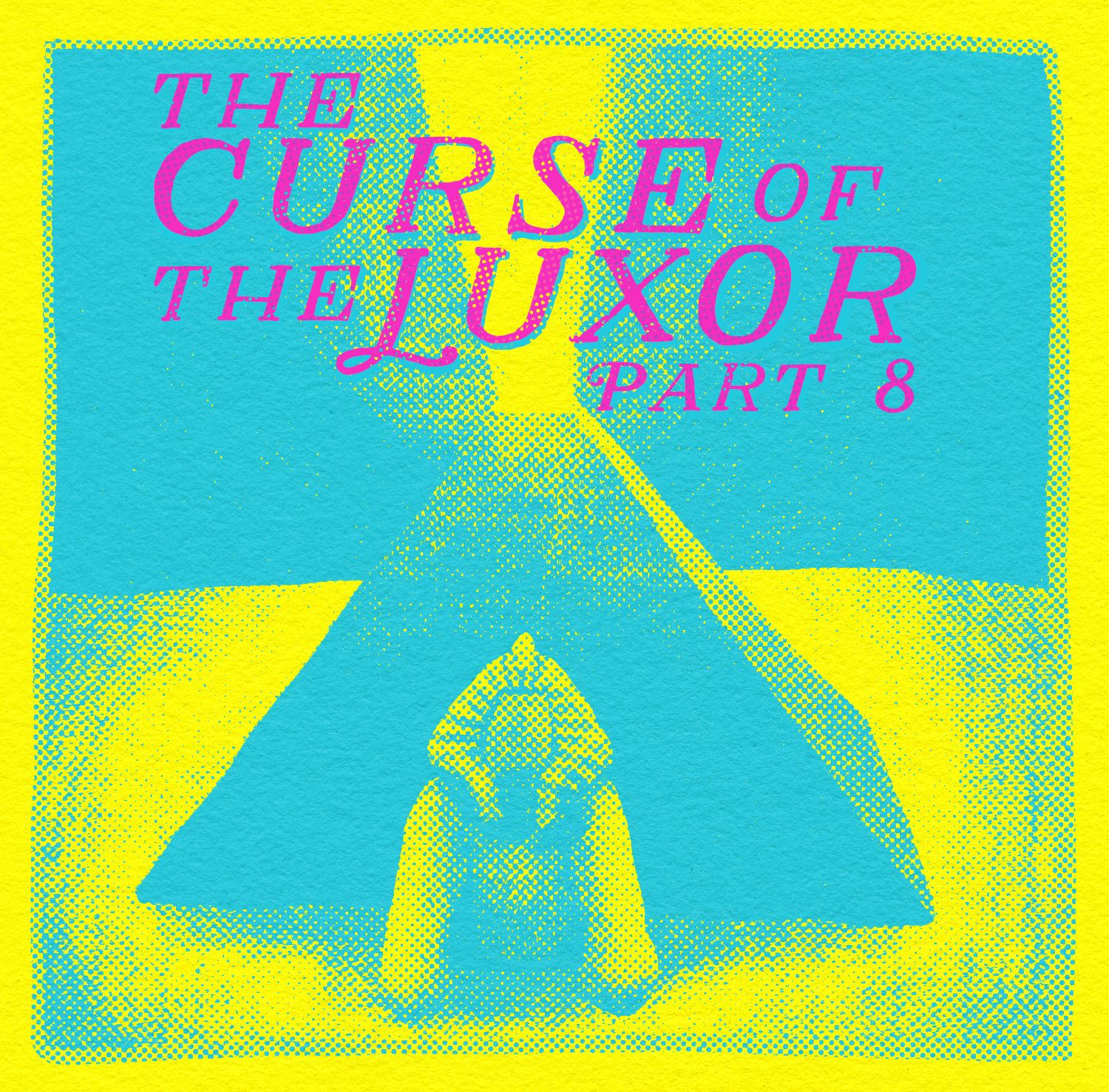The Curse of the Luxor Hotel (Part 8)

Check out the rest of my look at the legends surrounding the Luxor Hotel: part 1, part 2, part 3, part 4, part 5, part 6, part 7
Yesterday, I mentioned that the Luxor's pyramid shape worked upon people's imaginations, encouraging them to construct occult lore around the place. I'd like to dig into that a bit more and look at some of the proposed "solutions" to the Luxor's "curse" that I've seen people bandy about online.
Pyramid paranoia
The Luxor's Egyptian theme seems to invite speculation. Even in its de-themed state, it's still a mysterious-looking building.
Maybe it has to do with how it’s a huge black glass pyramid with the brightest beam of light on earth coming out of the top? It’s a really weird structure, when you think about it.
Some folks say that the pyramid’s shape attracts dark energy, and that an eye needs to be placed at the top of the pyramid to counteract the curse.
I don’t get that, really, since the Eye of Providence or all-seeing eye has such a strong connection to things like the dollar bill, freemasonry, and Christianity, but not to ancient Egypt, to my knowledge. (There is the eye of Horus in ancient Egyptian symbolism, but that didn’t crown the pyramids or anything.)
Historical accuracy
Some people say that the pyramid should have been more accurate. Supposedly, in ancient Egypt, pyramids were supposed to be flanked by two sphinxes, one on each side, so the structure would be protected from both directions. But the Luxor is a single pyramid, facing east. (Supposedly the Great Pyramid at Giza used to have a second sphinx, which was destroyed.) I have no idea how fact-inspired this claim is.
The hotel was, at least back when I visited, decorated with detailed reproductions of ancient Egyptian artifacts. Some folks have pointed out the discrepancy between the lovingly crafted, authentic reproductions of King Tut’s tomb and other parts of the building, where there was less attention to detail and accuracy.
One interesting tidbit is that the replica of King Tut’s tomb was just one of two sets authorized by the Egyptian Ministry of Antiquities (it’s now housed at the Las Vegas Natural History Museum).
Another not-so-great historical liberty that the Luxor's creators took: lot of YouTube commenters (on various videos that I watched while researching this back in 2020) pointed out that the Sphinx was remarkably pale, and in general, the décor of the hotel made the ancient Egyptians look really white. So that's a level of historical inaccuracy that can’t have brought anything positive.
Check out the rest of this series about the history and hauntings of the Luxor hotel:
- Part 1: creative vision and Xanadu
- Part 2: the glory days and the legendary (according to me when I was a child) Nile River ride
- Part 3: De-theming sucks
- Part 4: The skeletons aren't even in the closet
- Part 5: Death and hauntings
- Part 6: Construction woes
- Part 7: Some real bad stuff
This article doesn’t link to sources as comprehensively as usual, because I wrote it based on my original episode notes, which I penned when I was worse at adding specific in-line citations. But all of the sources I used are linked at the bottom of the episode shownotes page. And I’m not proud of it, but I can tell you that a ton of this info is from Wikipedia.

